

|


|
|
1/8 Scale Nitro Monster Truck:
BSD Racing BS801T (Radio Controlled Model Review)History and Info:
Introduced by BSD Racing circa 2007, the 4WD BS801T Monster Truck came RTR, with a 2.4Ghz Radio System, 21CXP Engine and a number of pre-painted bodyshell options (Specifications may vary from country to country).
▼ Scroll Down for More Images ▼
|








|
|
|

★ BSD Racing BS801T Chassis ★
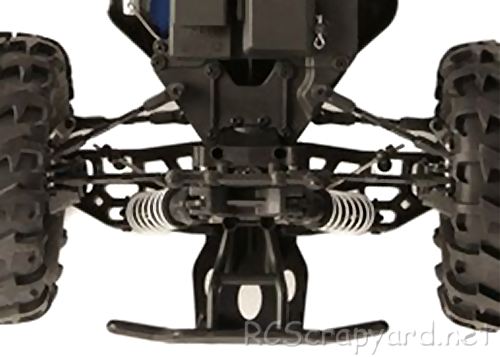
★ BSD Racing BS801T Chassis ★
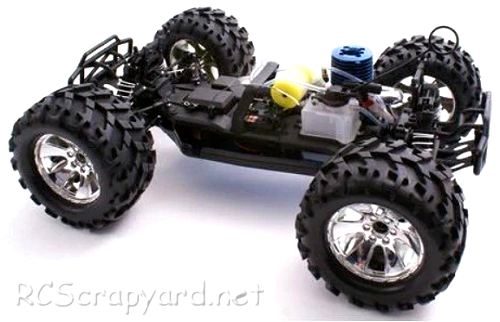
★ BSD Racing BS801T Chassis ★
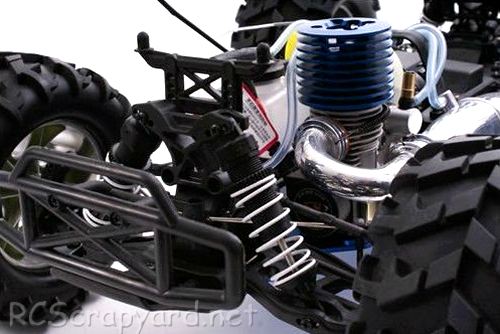
★ BSD Racing BS801T Chassis ★
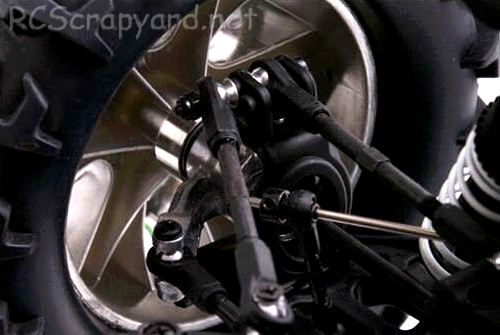
★ BSD Racing BS801T Chassis ★
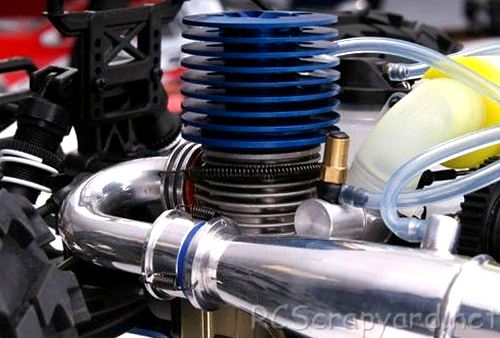
★ BSD Racing BS801T Chassis ★
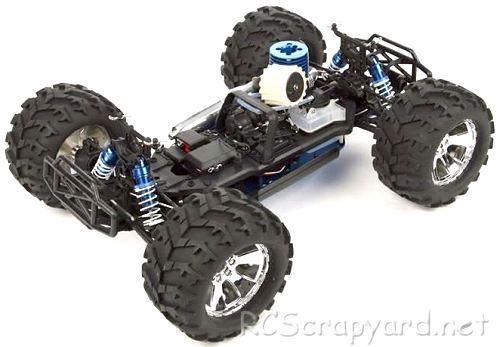
|
Buying a Used BSD Racing BS801T
|
|
Manufacturers and Brands Catalogued and Listed by RC-Scrapyard.
At present, the RC Model Manufacturers, Brands and Distributors covered by us are: ABC Hobby, Academy, Acme Racing, Agama Racing, Amewi, Ansmann Racing, ARRMA, Team Associated, Atomic RC, Axial, AYK, Bolink, BSD Racing, Capricorn, Carisma, Carson, Caster Racing, Cen, Corally, Custom Works, Durango, Duratrax, ECX - Electrix, Exceed RC, FG Modellsport, FS-Racing, FTX, Fujimi, Gmade, GS-Racing, Harm, HBX, Helion, Heng Long, Himoto Racing, Hirobo, Hitari, Hobao, Hong-Nor, Hot Bodies, HPI, HSP, Intech, Integy, Jamara, JQ Products, Kawada, Kyosho, Losi, LRP, Maisto, Mardave, Marui, Maverick, MCD Racing, Megatech, Mugen, New Bright, Nichimo, Nikko, Nkok, Ofna, Pro-Pulse, Protech, PTI, RC4WD, Redcat Racing, RJ-Speed, Robitronic, Schumacher, Seben, Serpent, Smartech, Sportwerks, Step-Up, Tamiya, Team-C Racing, Team Magic, Thunder Tiger, Tomy, Top Racing, Traxxas, Trinity, Tyco, Vaterra RC, Venom, VRX Racing, WLToys, X-Factory, Xmods, Xpress, Xray, XTM, Yankee RC, Yokomo, ZD Racing and Zipzaps. |
Information and AdviceElectronic Speed ControllersHistory
ESC were originally developed to be used in conjunction with brushed 27T stock and modified motors in the late 1970s, early 1980s. Compared to modern day Controllers, they were Bulky and heavy, constructed using basic resistors, rheostats, capacitors and transistors, crammed together on a simple circuit board, to provide stepped but smooth acceleration when compared to the old mechanical, servo operated sweeper Speed Controllers. An Electronic Switch to change the direction of current flow was used on some of these early ESC to give reverse operation. Although they were a vast improvement on the old mechanical speedos of the time, they were expensive, jerky to control, and prone to burn out if not carefully looked after. |
|
Hints, Tips and Information
Look after your Gears
In RC there are a number of different gear teeth sizes we tend to use, based on two systems. Imperial and metric. |
|
RC Models:
|
Radio & Motors: |
Other
Accessories: |